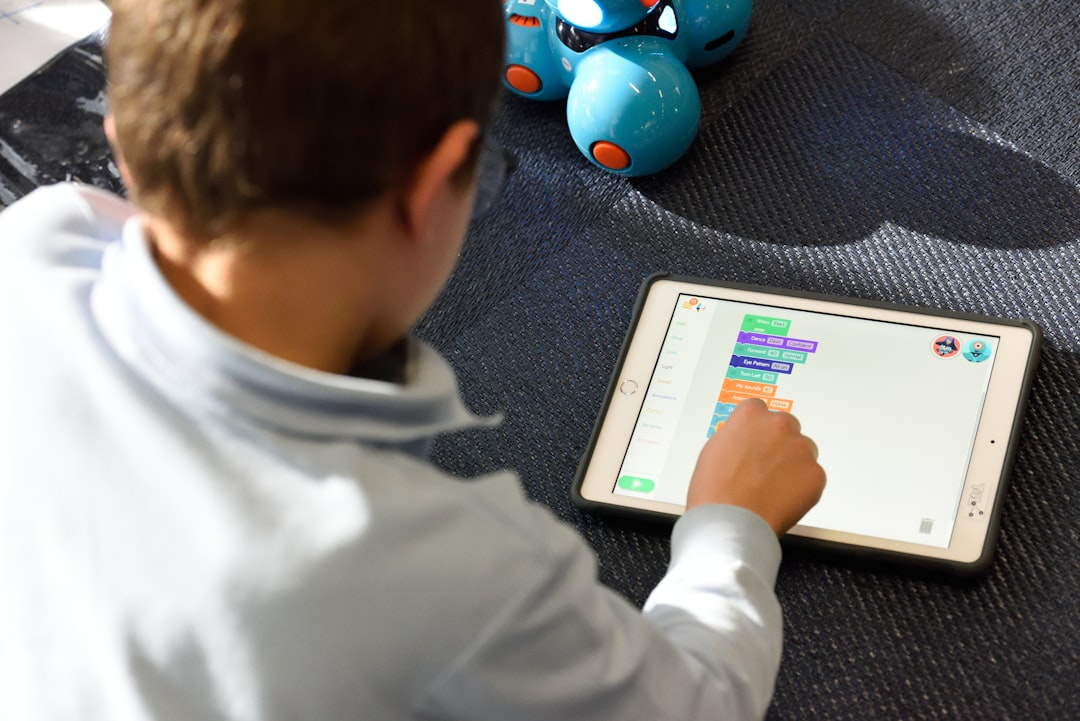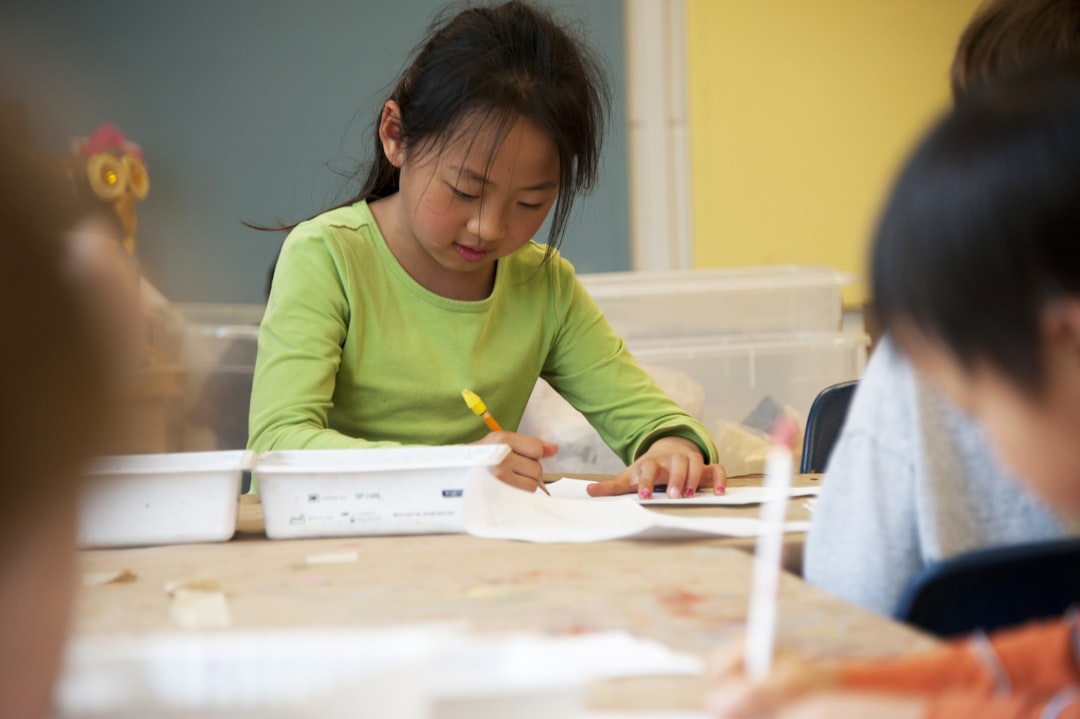In the dynamic realms of modern learning, the intersection of technology and education has emerged as a pivotal force in shaping the future of our children. This comprehensive exploration delves into how digital tools and educational strategies are being merged to create enriched learning environments that cater to the diverse needs of young learners. By integrating technology, educators are not only enhancing educational content but also revolutionizing the teaching methodologies. Here, we explore the multifaceted benefits and innovative approaches that characterize the integration of technology in children’s education.
Seamless Learning Environments
The advent of technology has facilitated the creation of seamless learning environments that extend beyond the traditional classroom settings. Digital platforms, virtual reality (VR), and augmented reality (AR) provide immersive experiences that captivate children’s imaginations and foster a deeper understanding of complex subjects. Through apps and interactive software, subjects like mathematics and science are transformed into engaging and interactive stories, making learning both fun and effective.
Personalized Learning Experiences
One of the most significant advantages of technology in education is the ability to personalize learning experiences for each child. Adaptive learning technologies analyze the pace and learning style of individual students, allowing the software to tailor the educational content accordingly. This personalized approach helps in addressing the unique strengths and weaknesses of each student, promoting a more inclusive educational environment where every child can thrive.
Enhancing Collaboration
Technology also serves as a powerful tool for enhancing collaboration among students. Through tools like Google Classroom, Microsoft Teams, and various educational forums, students can work on group projects and communicate ideas regardless of their physical locations. This not only helps in developing their communication and teamwork skills but also prepares them for the globalized, digital work environment of the future.
Digital Literacy Skills
Incorporating technology within education from a young age helps in cultivating digital literacy skills critical in today’s digital age. Children learn to navigate various digital platforms and tools, understanding their functionalities and applications in real-world scenarios. This early exposure prepares them for a multitude of careers in the digital economy, equipping them with the skills necessary to succeed in a technologically driven world.
Safe Digital Spaces
While integrating technology into education, it’s crucial to create safe digital spaces for children. Educators and parents must ensure that the digital tools used are secure and appropriate for children’s use. Implementing robust cybersecurity measures and teaching children about digital safety and etiquette form the backbone of a secure online educational experience. This not only protects them from potential cyber threats but also instills a sense of responsible digital citizenship from a young age.
In conclusion, the integration of technology into educational settings has opened up new horizons for enhancing children’s learning experiences. By making learning engaging, personalized, and accessible, technology has the power to transform traditional education, making it more relevant for the digital generation. As we continue to navigate this evolving landscape, the focus should always remain on creating balanced and secure learning environments that support the overall development of every child.





